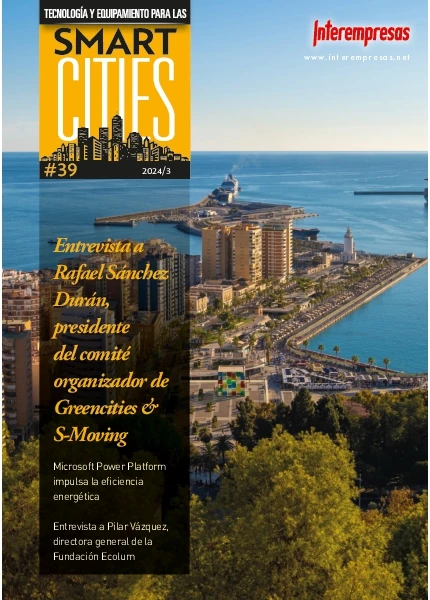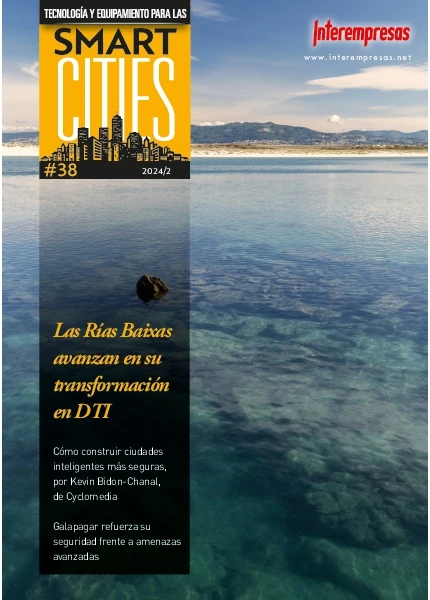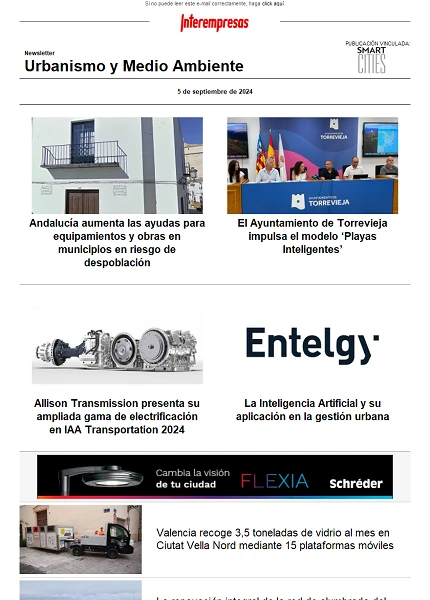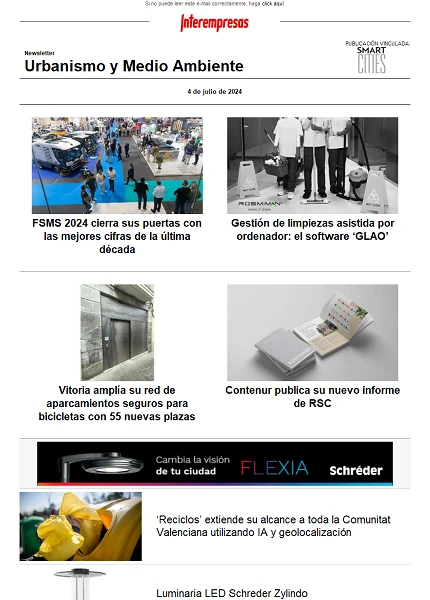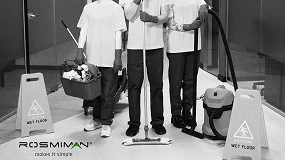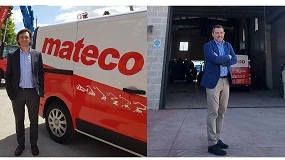The UPC develops a biological concrete to build alive ‘faã§ades' with líquenes, mosses and other microorganisms
The researchers of the Group of Technology of Structures study the new type of biological concrete from two materials to base of cement. The first of them is the conventional concrete carbonatado (based in cement Portland), with which obtain a material of a pH of the surroundings of 8. The material second is manufactured with a cement of phosphate of magnesium (MPC, of the English Magnesium-Phosphate Cement), conglomerante hydraulics that does not require any treatment to reduce the pH, since this is slightly sour.
The cement of phosphate of magnesium has used previously like material of repair by his property of fast fraguado. Besides, also it has employed like biocemento in the field of the medicine and the odontology, which indicates that it does not have an additional environingingmental impact.
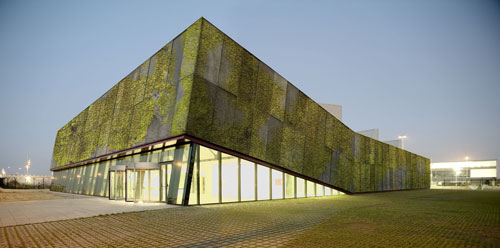
The innovation of this new concrete (multilayered vertical) is that it comports like a natural biological support for the growth and development of determinate biological organisms, specifically some families of microalgas, funguses, líquenes and mosses.
Once patented the idea, the team investigates the best way to favour the growth accelerated of this type of organisms in the concrete. The aim of the investigation is to achieve accelerate the natural process of colonisation, obtaining an attractor trucks appearance in no more than a year. The idea is also that the faã§ades built with the new material show a temporary evolution by means of changes of colouring in function of the period of the year, as well as of the families of predominant organisms. In this type of construction, avoids the apparition of other types of vegetation to prevent that his roots go to rack and ruin the constructive element.
Three layers of material
To obtain the biological concrete have modified , in addition to the pH, other parameters that influence in the bioreceptividad of the material, as for example the porosidad and the rugosidad superficial. The result obtained is a multilayered element, that is to say, a signpost that, in addition to a structural layer, consists of other three layers more: the first of them is a layer of impermeabilización situated on the previous, which serves of protection in front of the step of the water to the structural layer to avoid that it can deteriorate.
The following is the biological layer, which will allow the colonisation and will allow the accumulation of water to his interior. It acts like internal microstructure, favours the retention and directs the expulsion of the humidity; place that has capacity to attract and store the water of the rain, this layer facilitates the development of the biological organisms.
Finally, the last bases in a layer of revestimiento, which will be discontinuous and will do the function of impermeabilización reverse. This layer will allow the entrance of the water of the rain and will avoid his loss; in this way, it will redirect the exit of the water there where interests to obtain biological growth.
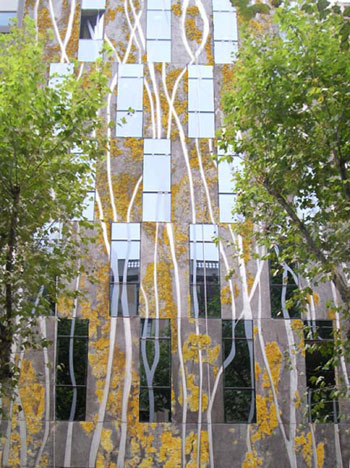
Reduction of CO2
The new material, that has diverse applications, offers advantages of environingingmental types, thermal sensors and aesthetic, according to the team researcher, of the School of Ways, headed by Antonio Aguado and formed also by Ignacio Safe and Sandra Tame. From the environingingmental punto, allows to absorb and, therefore, reduce the CO2 of the atmosphere, thanks to the biological coating.
At the same time, has capacity to attract the solar radiation, which allows to regulate the thermal sensors conductivity in the interior of the buildings in function of the temperature attained. The biological concrete works no only like insulating material and thermal sensors regulator, but also like ornamental alternative, so that it serves to decorate the façade of buildings or the surface of constructions with different finishings and chromatic tonalities; it is thought to colonise determinate areas, without need to cover all a same surface, and with variety of colours. The idea is to create a patina of matter like biological coverage or alive “painting”.
On the other hand, also offers the possibility of uses in landscaped areas, like decorative element and of integration paisajística and sustainable of constructive elements, to achieve a greater integration of these with the surroundings.
Rehabilitation of architectural heritage
The material comports a new concept of vertical garden no only for buildings or elements of new construction, but also to rehabilitate the existent. Unlike the current systems of faã§ades vegetadas and vertical gardens, the new material poses a biological growth on the same material support; therefore, it does not need complex structures portantes and allows to select the zone of the façade in which it wants to obtain biological growth.
The faã§ades vegetadas and the vertical gardens base in the utilisation of a sustrato vegetal content in some type of container, or by means of crops totally independent of sustrato, as for example the crops hidropónicos. But they require complex auxiliary systems to the own constructive element (layers of material) and even adjacent structures of metallic type or plastic that comport complications associated to additional loads, as well as reduction of luminosidad and reduction of the surrounding space of the building. The new green “concrete” achieves the direct growth of the organisms from the multilayered group.
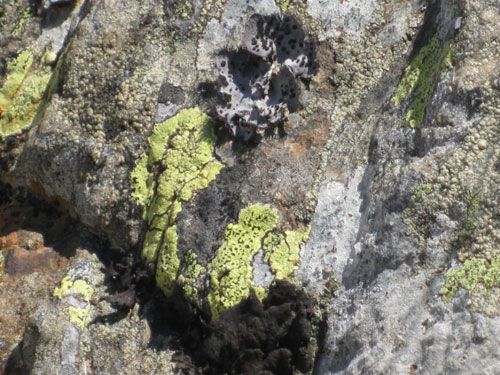
Patent and commercialisation
The investigation has given fruit to a thesis doctoral that is elaborating Sandra Tame. At present it is llevar the corresponding experimental campaign to the phase of biological growth, that will realise to horse between the UPC and the University of Gante (Belgium). This investigation has had the support of the professor Antoni Gómez-Bolea, of the Faculty of Biology of the Universitat of Barcelona, the one who has done contributions in the field of biological growth on materials of construction.
At present, the innovation is in roads to obtain the patent and the Catalan company Escofet 1886 S.A., manufacturer of panels of architectural concrete and of urban equipment, already has showed interested in commercialising the material.

